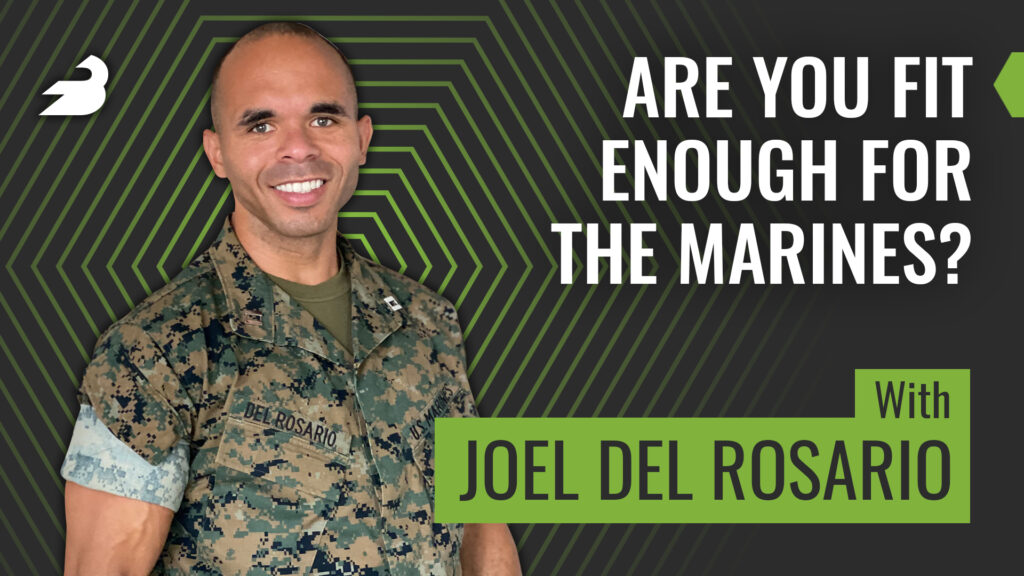Today we’re talking to Joel Del Rosario, an active duty Marine and fitness coach who has 17 years of experience with fitness in the military. We discuss fitness standards in today’s military, along with how Joel’s approach to training and combat readiness has evolved over the past decade and a half. If you’ve ever been interested in learning how service members prepare their bodies and minds for the rigors of military duty, this is an episode you won’t want to miss.

On this episode of The BarBend Podcast, host David Thomas Tao talks to Joel Del Rosario about:
- Why Joel’s fitness journey kicked off in 2005, when he joined the United States Marines (01:58)
- Joel’s introduction to kettlebells (04:00)
- Which is the fittest branch of the military? (04:55)
- How does the Marines test fitness? (07:00)
- Fitness under duress and why “functional fitness” has a whole new meaning for combat readiness (10:15)
- Getting smarter about individual performance (15:00)
- “Walking the walk” of fitness in the military (19:00)
[Related: The Ultimate Guide to Strength Sports for Veterans]
Relevant links and further reading: